Scarcity of men in classical dancing
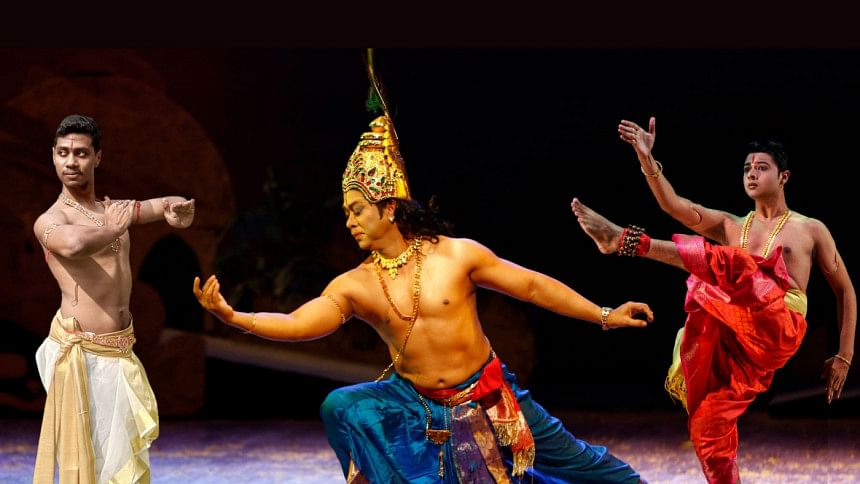
"What the dance form asked for was poise but the society labeled it as womanliness. When people started to show their worries regarding my future, and some asked, 'Why does this boy dance like a girl?', my dance lessons came to an end." said Jahidul Islam Tuhin, a Criminology major at the University of Dhaka who had to forgo his passion for dance at the age of 10.
While the scene of men breaking into freestyle dance is considered just a common form of enjoyment in any and every celebration, the moment they take the form of graceful moves from classical dance forms, the eye-rolls and teasing begins.
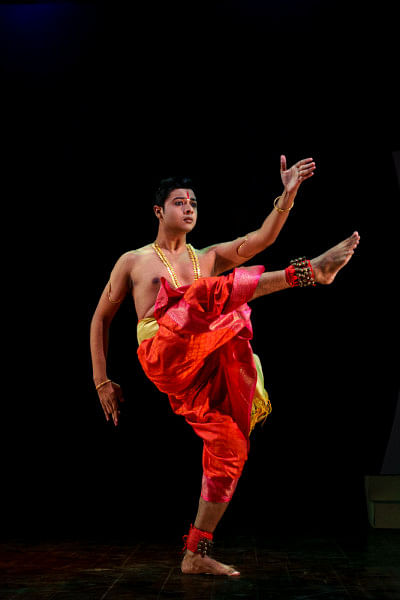
Interestingly enough, when we think about the pioneers of classical dancing in South Asia, one of the biggest names is of the late Pandit Birju Maharaj, the father of Kathak dance. We also cannot forget the contributions of the late Bulbul Chowdhury who popularised dancing in the conservative Muslim community of British India and later East Pakistan. Neither can we deny the ubiquitous acclaim for male pioneers like Shibli Mohammad in the realm of classical dance in Bangladesh. Yet, classical dance remains conceived as a predominantly female domain with a scarcity of male classical dancers in our country.
In conversation with Shibli Mohammad, he spoke from his own experience while starting out in his journey of dancing, "I had to hear from all my relatives that I was becoming 'like a girl'. The world does not have tender words for someone who sets out to do something different. They called it a woman's dance form and dispensed negativity my way. But I was desperate and practiced like a madman. I had a record number of hours of practice, and you need that fanatical devotion to make it."
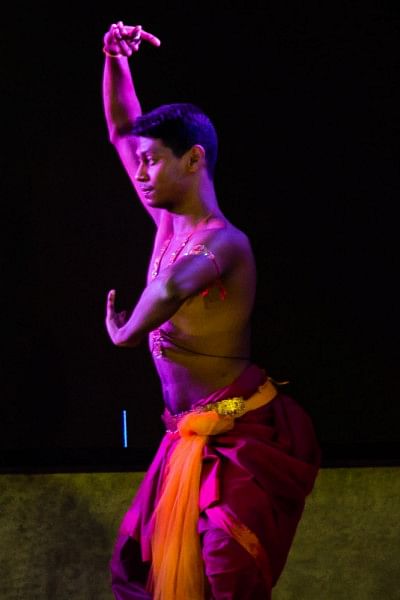
Gendering dance is a widespread practice, and classical dance is one of the main victims. While spectators wait to see women dance to soft and graceful moves in the field of dancing, men need to be rough and tough. In Hinduism, Shiva Nataraja—a man—is the god of dancing. Nataraja dances to Tandava, a vigorous form of dance depicting the violent mood of Shiva. On the other hand, classical dance calls for grace and finesse with synchronised submission to rhythm- virtues that the society reserves for the female species. Does that mean classical dancing can contribute to transforming one's physique into becoming more feminine?
A classical dancer herself and current Chairperson of the Department of Dance at the University of Dhaka, Monira Parveen explained how that is not the case. "This is a misconception. I can guarantee that none of my students seem like anything other than their own gender when they dance. Classical dance traditionally involves loud makeup and vibrant dresses. There are some male students who like to cross-dress and often model as females as well. This is their preference, and they don the look quite well. But classical dance does not make one feminine." On a similar note, Shibli Mohammad also added that there are indeed many males who are a little feminine but what is wrong with that? "This is due to their hormones and not because of dancing," he remarked.
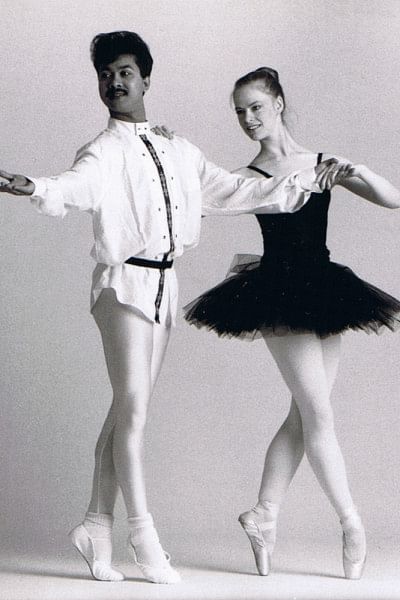
The social stigma is not the only reason for the scarcity of males in classical dance. There are limited platforms and festivals for dancers to perform and showcase their talents in our country. In addition, emerging as a professional male classical dancer is hard in the patriarchal setup of our society where a male has to grow up, get a job that pays well, and provide for his family before he can think about his passions.
The weight of art, dance, and music falls scanty in front of corporate zenith and the power and respect of governmental jobs. How many can afford to dedicate their entire time to dance without having to worry about their responsibilities 'as a man'?
"I remember when I was in college and attending an annual function when one of my teachers asked if I still dance. He was very concerned as to why I wasn't trying out other sectors like acting, singing, or recitation; dance is a feminine art form, he had said," shared Hridoy Saha, a trained Bharatnatyam dancer currently studying at the Department of Islamic History and Culture at the University of Dhaka. He is also the current president of the Dhaka University Dance Club (DUDC). "At DUDC, the difference between the number of male and female classical dancers is huge. We run a 3-month dance workshop each year. Though we get many students, we hardly find male dancers in classical forms. At present, our club only has two boys."
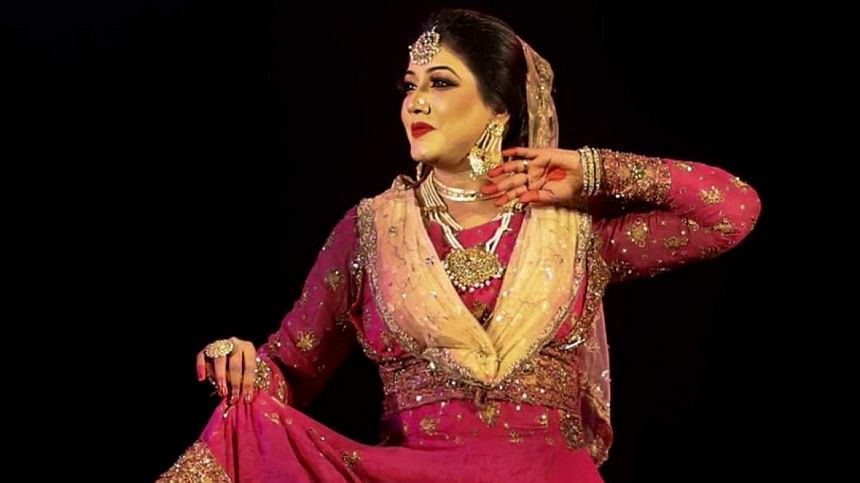
"Females can continue dancing for a longer time, but due to the pressure and expectations set on men by our society, most males cannot continue it further. But those who continue with it, leave no stones unturned to go till the end, trying to establish themselves as dancers professionally," explained Assistant Professor Monira Parveen.
As kids, it was rather strange if we did not see a programme featuring classical dance performances by pairs of popular celebrities such as Shibli Mohammad, Sohel Rahman, and many more during festivals such as Eid.
Over the years, there has been a steady decline and in its stead, fusion dances have taken their spot. Shibli Mohammad commented on the matter saying, "Promoting our culture is not a priority anymore for most TV Channels nowadays. Channel owners are here to do business and make money off popular film heroines dancing to upbeat music while broadcasting profitable ads in between."
Furthermore, Monira Parveen added that it is but an insult to trained expert dancers when they remain as background dancers behind the protagonists of a film. "The audience is introduced to film stars as 'dancing divas' and heroes as 'maestros', but not to the countless dancers by their side who can carry on their solo shows for hours on stage. Even then, TV Channels must show pure dance forms on their screen rather than a mix of many forms that stay true to none. We are forgetting origins and imitating foreign cultures half-heartedly only to leave dance forms in identity crises." she asserted while requesting sponsors to not adulterate dance forms to misguide our audiences and let trained dancers display their calibre to the masses.
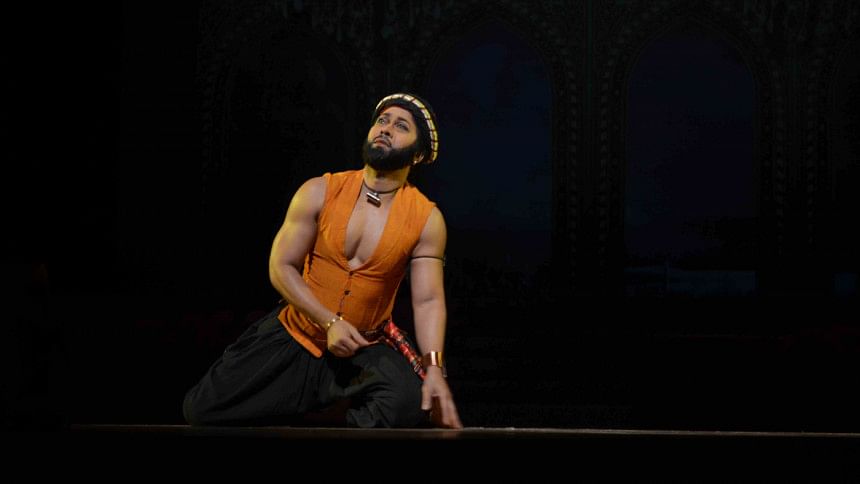
Sayor Sinchon, a Grade-3 dance artist at Bangladesh Shilpakala Academy, with roots in learning Bharatnatyam in Pabna, urges for more opportunities countrywide. He said, "More chances should be given to the root-level dancers. There are lots of dancers who can't pursue dance due to the lack of guidelines. Teachers should be trained to impart the proper techniques to students."
Notwithstanding these circumstances, the future is not all too bleak. Dancing is soon to be incorporated into textbooks of the National curriculum along with other arts until the tenth grade. Many schools are including dancing classes in their curriculum as well. It is crucial to implement these steps to dispel gender norms and cultural assumptions that have led to the underrepresentation of male dancers.
The scarcity will not be gone overnight of course, but it can be hoped that a few years from now, more men will be seen in classical dancing with the growing demand and support for the art in different spheres.

 For all latest news, follow The Daily Star's Google News channel.
For all latest news, follow The Daily Star's Google News channel. 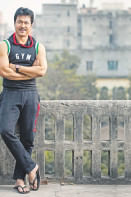


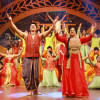
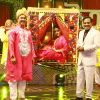
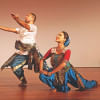




Comments